There are many points to consider when buying a new car. One of these points is where the car’s propulsion system is located. Cars are usually front-wheel drive or rear-wheel drive. In addition, there are also 4×4 vehicles where both the front and the rear have the propulsion power.
Our topic today is how there are differences between front wheel drive cars and rear wheel drive cars. What are the pros and cons of these two systems? These two transmissions have significant effects in many areas, from repair costs to fuel economy. to the differences between let’s take a closer look at that.
How do front wheel drive cars work?
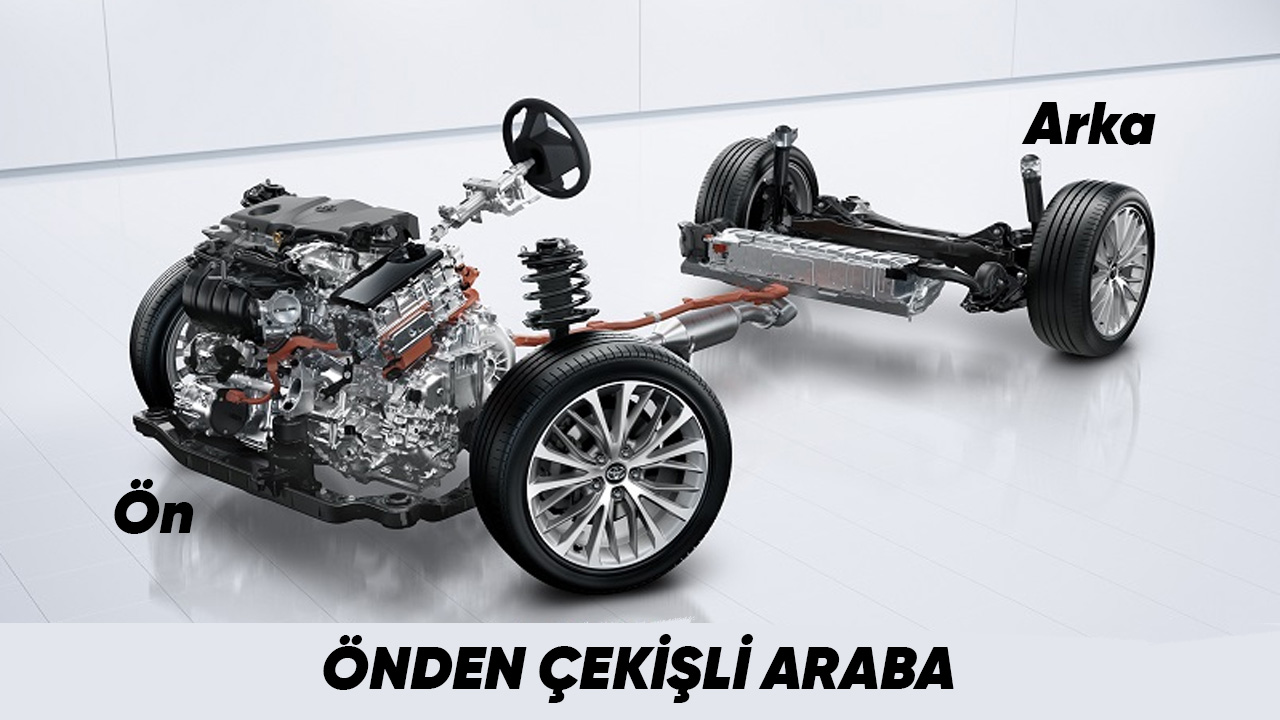
Especially today price performance The front-wheel drive, which we see in most cars coming out, has some disadvantages as well as many advantages. On front-wheel drive cars, the power produced by the engine is transferred through the gearbox to the differential. The power from the differential is also transmitted to the axles, ensuring the movement of the wheels. Good the power of the engine is transferred very quickly and compactly to the front wheels, which are right next to it.
On front-wheel drive vehicles, the balance point is also at the front.
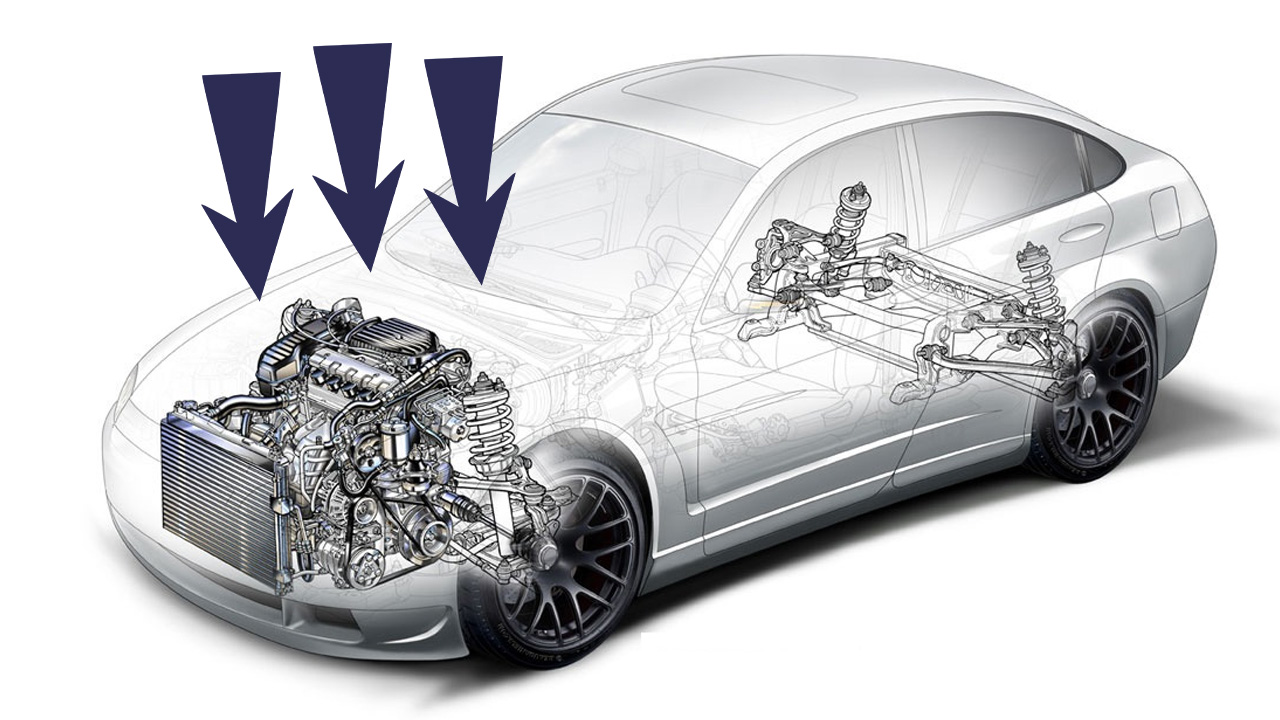
Virtually all front wheel drive vehicles All important parts are on the front. In such vehicles, unlike rear-wheel drive engines, the engine is placed horizontally, while other important parts are gathered in the front, so that the weight of the vehicle is collected forward. This is an important issue that affects the driving experience.
What are the advantages of front wheel drive vehicles?

- Front wheel drive cars that do not need to transfer power to the rear wheels saves serious design and material income. This makes front-wheel drive vehicles cheaper.
- Although the power is concentrated in the front It is lighter in overall weight due to fewer parts. This allows the vehicle to be much more efficient in terms of fuel consumption.
- Special they are more successful than rear wheel drive cars in snow and rain. Since the weight balance of the vehicle is in the same place, the wheels to which the power is transmitted press much more firmly on the ground, enabling the vehicle to hold the road on snowy ground.
What are the disadvantages of front wheel drive vehicles?

- They cannot achieve the success they have achieved on snowy and rainy ground on dry ground. Special There may be hazards such as slipping and skidding at high speeds. For this reason, high-speed vehicles are usually produced with rear-wheel drive.
- Since the load suddenly lands on the back during the first start, the vehicle holds the road, that is Maneuvering can be difficult. This can cause the vehicle’s wheel to spin and make it difficult to return to the desired location.
- We said that front-wheel drive cars are cheaper because they have fewer parts. Although they have fewer parts, all parts are found as a whole.Even small blows can cause big problems. In other words, while a part of the car is being damaged, the part associated with it is more likely to be damaged as well.
- front wheel drive cars one side of the axle system shortens due to the location of the engine and transmission. This can cause loss of steering feel, especially when maneuvering on short surfaces.
- In front wheel drive cars Because both the power transmission and the braking and steering system are on the front wheels these wheels can take extreme loads. In cars with rear-wheel drive, this situation is transferred to the 4 wheels in a much more balanced way.
How do rear wheel drive cars work?
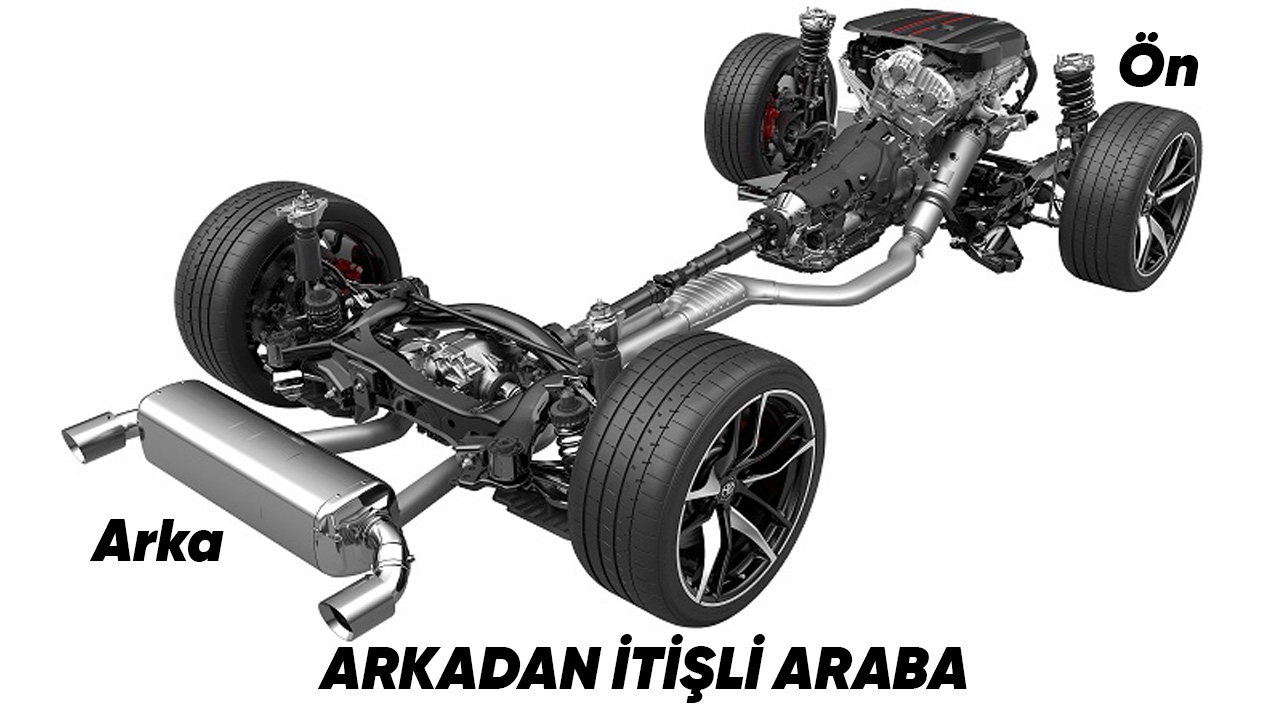
The main feature of rear-wheel drive cars is that they are much more balanced than front-wheel drive cars. Rear-wheel drive cars transfer the power from the vertically mounted engine to the rear wheels instead of the front wheels. thanks to the axle. The axle is the part responsible for transmitting power from the transmission to the rear of the vehicle. The power transmitted through the axle is transferred to the differential and axles, allowing the rear wheels to turn.
In rear-wheel drive cars, the balance point is more evenly distributed.
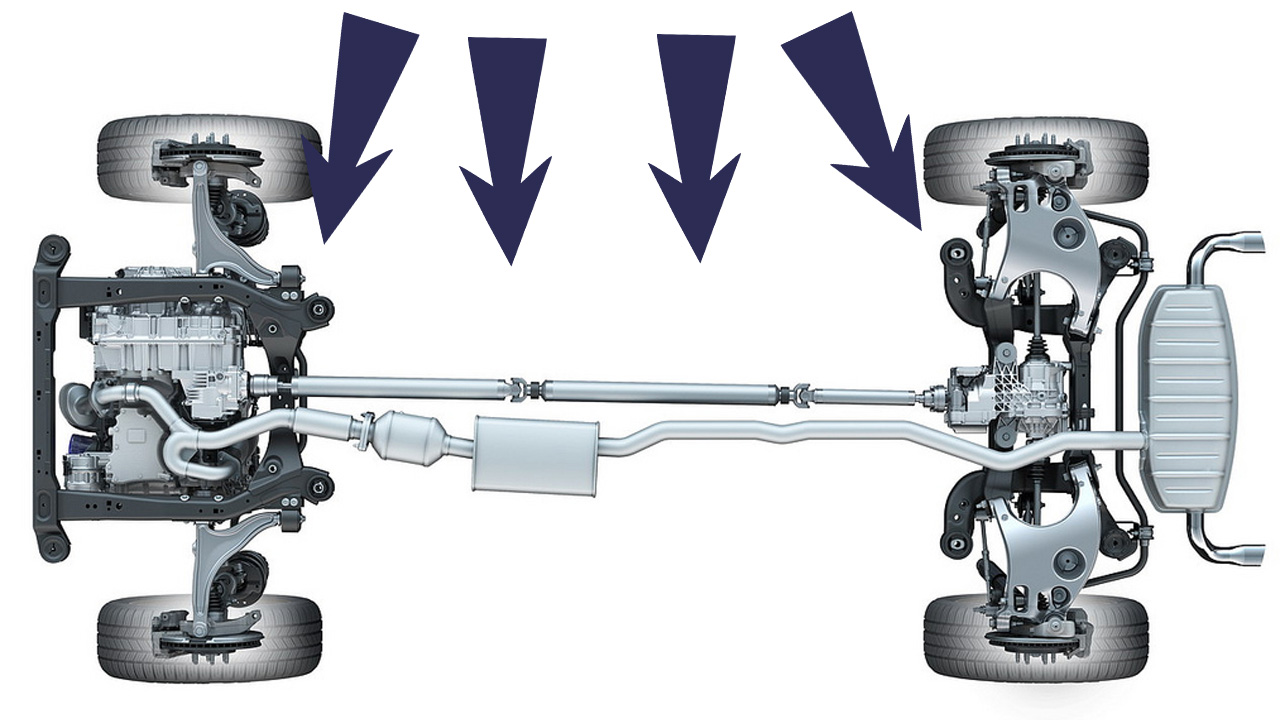
Unlike front wheel drive cars rear-wheel drive cars, which have a much more balanced design, Thanks to this balance structure, it offers an advantage over front-wheel drive cars in many respects. Unlike front-wheel drive cars, rear-wheel drive cars, which balance the weight of the engine and transmission at the front with the axle, differential and axles at the rear, are generally used in vehicles that can reach high speeds due to these structures.
What are the advantages of rear wheel drive cars?

- Since the system is not in the front as a whole on rear-wheel drive cars. parts change much more easily. Failure of one part is not likely to damage other parts because it is not as compact as a front wheel drive vehicle. In other words, if there is a malfunction, only that malfunction can be fixed and the problem solved. On front wheel drive vehicles, a problem in the differential can also damage the transmission.
- Unlike front wheel drive vehicles The balance point is evenly distributed throughout. This makes it easier to deal with the effects that will come from things like problematic roads and minor accidents.
- It is much easier to corner at high speeds. Because the car transfers power from the rear, it inspires confidence by gripping the road better when you step on the throttle as you enter the corner.
- Because the rear wheels are responsible for propulsion, less work falls on the front wheels. In this way, more flexibility is provided when turning to the front wheels.
- Since the weight distribution of rear-wheel drive cars is equal, it is more It can reach high speeds without skidding.
What are the disadvantages of rear wheel drive cars?
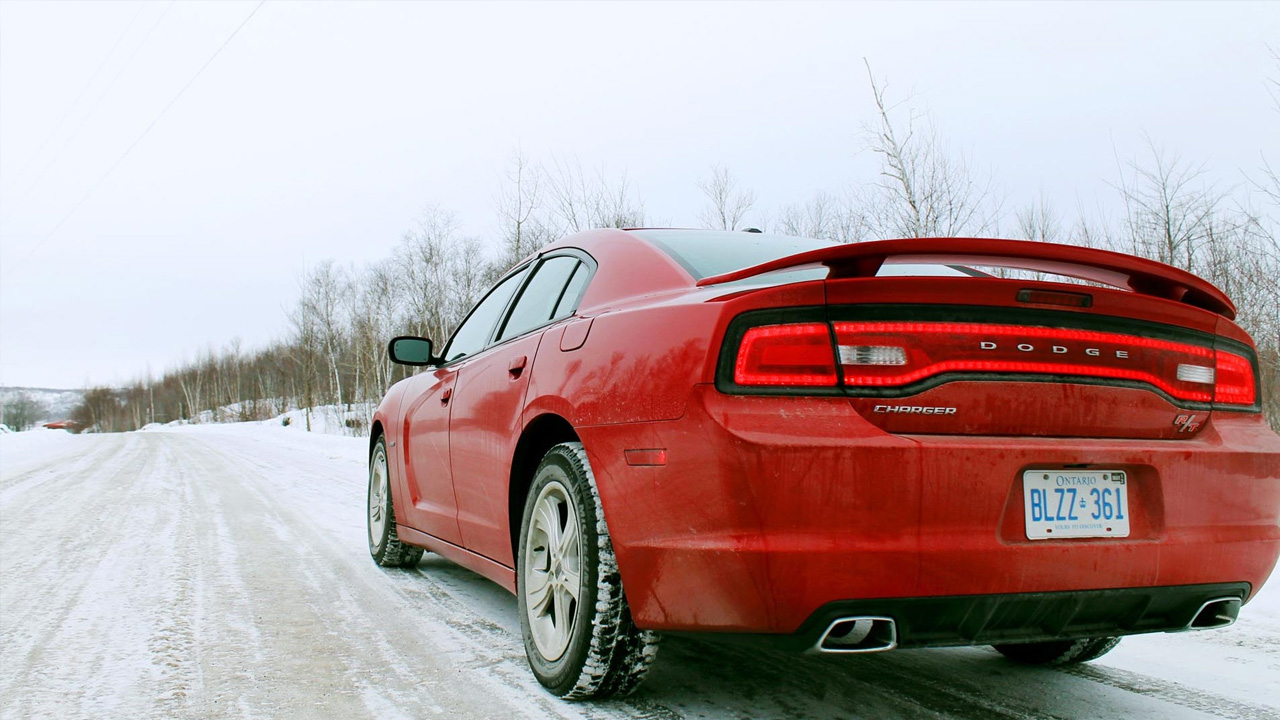
- In general, rear wheel drive cars have more parts. top segment preferably in cars. That is why rear-wheel drive cars usually sold at higher prices resources.
- Rear-wheel drive cars are generally heavier than front-wheel drive cars. consumes more fuel.
- Unlike front-wheel drive cars, rear-wheel drive cars transmit power through the axle. They can be a little sluggish on initial acceleration.
- Especially since the weight distribution is evenly distributed In rainy and snowy weather, handling becomes weaker compared to front-wheel drive vehicles. Especially in snowy weather, it is necessary to use rear-wheel drive vehicles much more carefully.
Then let’s fix it. Which one should you prefer? Do you pull from the front or push from behind?

We’ve seen the pros and cons of the car’s propulsion system depending on location. First of all in many We see that the rear-wheel drive car is cheaper. If you don’t live in a place with a lot of rain and snow, rear-wheel drive seems a logical choice. At the moment, the most important thing to pay attention to is the weather and road conditions of the place where you live.
Today we talked about the pros and cons of front or rear wheel drive cars. If you want more content like this, write to us in the comments section.






















